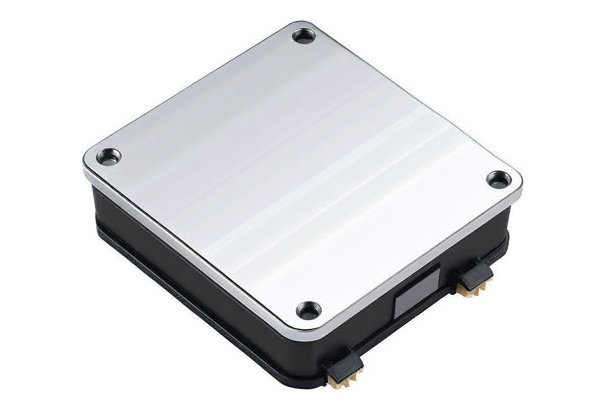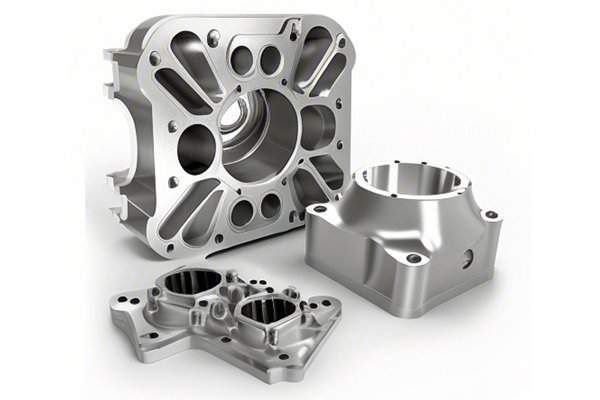Did you know that the global CNC machining market is expected to reach a staggering $117.80 billion by 2028? With advancements in technology and manufacturing processes, CNC (Computer Numerical Control) machining has transformed the way industries produce precision components. One of the essential aspects influencing production is the choice of materials, particularly thermoplastics and thermosets. Understanding the differences between these two types of polymers can significantly influence the efficiency, cost-effectiveness, and performance of CNC machining applications.
In this comprehensive blog, we will explore the key differences between thermoplastics and thermosets in CNC machining applications. We’ll delve into their properties, benefits, limitations, and successful applications in various industries. Furthermore, we will provide detailed solutions and best practices when working with these materials, ensuring that readers gain a thorough understanding of each.
What Are Thermoplastics and Thermosets?
Thermoplastics
Thermoplastics are a category of polymers that become pliable or moldable upon heating. They can be repeatedly softened and hardened, making them particularly versatile. Common thermoplastics include polyethylene, polypropylene, and polyvinyl chloride (PVC).
Key Characteristics of Thermoplastics:
Thermosets
Unlike thermoplastics, thermosets undergo a chemical change when cured, resulting in a hard, inflexible structure. Once set, thermosets cannot be re-melted or reused, which limits their recyclability. Common thermosets include epoxy, phenolic, and polyurethane.
Key Characteristics of Thermosets:
Comparing Thermoplastics and Thermosets
Understanding the distinct characteristics of thermoplastics and thermosets is crucial for selecting the right material for CNC machining projects. Below is a detailed comparison of these two materials:
| Feature | Thermoplastics | Thermosets |
|———————-|————————————|———————————–|
| Recyclability | High | Low |
| Production Process | Continuous (recycle and remold) | Batch (requires curing tools) |
| Temperature Resistance | Moderate | High |
| Flexibility | High (can bend without breaking) | Rigid |
| Surface Finish | Can achieve smoother finishes | Can be excellent for intricate designs |
| Processing Ease | Easier to process; lower tool wear | Harder to process; requires precise conditions |
| Cost | Generally less expensive | Typically more expensive due to curing process |
| Strength | Moderate | High (better for load-bearing applications) |
| Weight | Lighter | Heavier |
How Do These Differences Affect CNC Machining?
The distinctions between thermoplastics and thermosets lead to several implications when selecting material for CNC machining:

Common CNC Machining Applications for Thermoplastics
Thermoplastics are widely used in the automotive industry for components like dashboards, trims, and bumpers. Due to their lightweight and flexibility, they help improve fuel efficiency without compromising safety.
Thermoplastics are prevalent in the manufacturing of medical devices due to their biocompatibility and ease of sterilization. These materials can be machined into complex shapes for devices like syringes or surgical instruments.
Everyday items, such as containers, kitchen utensils, and toy components, are often made from thermoplastics. CNC machining ensures precision in design, leading to better product quality.
Common CNC Machining Applications for Thermosets
Thermosets play a pivotal role in the aerospace industry, where their lightweight yet durable nature is crucial. They are used for aircraft interiors, structural components, and circuit boards, where performance under high temperature is a priority.
Thermosets exhibit excellent electrical insulation properties, making them ideal for manufacturing electrical housings, connectors, and circuit boards. CNC machining creates complex shapes while ensuring electrical integrity.
Heavy machinery parts often incorporate thermosets because of their robustness and high resistance to wear and tear. Applications include gears, bearings, and housings requiring enhanced load-bearing capability.
Tips for Successful CNC Machining of Thermoplastics
Tips for Successful CNC Machining of Thermosets
In the ever-evolving world of CNC machining, making informed decisions regarding material selection is crucial. Understanding the key differences between thermoplastics and thermosets not only aids in enhancing production efficiency but also drives innovation in applications across industries.
By following the insights and best practices outlined in this blog, manufacturers can harness the unique benefits of both thermoplastics and thermosets, leading to better-quality products, reduced costs, and increased customer satisfaction.
So, whether you’re considering a project involving flexible components or robust structural parts, remember this essential knowledge on thermoplastics and thermosets. Embrace the potential that understanding material properties brings, and you will be better positioned to navigate the complexities of CNC machining successfully. The meticulous choice of the right polymer not only aligns with your production goals but also sets the stage for future advancements in material science.






